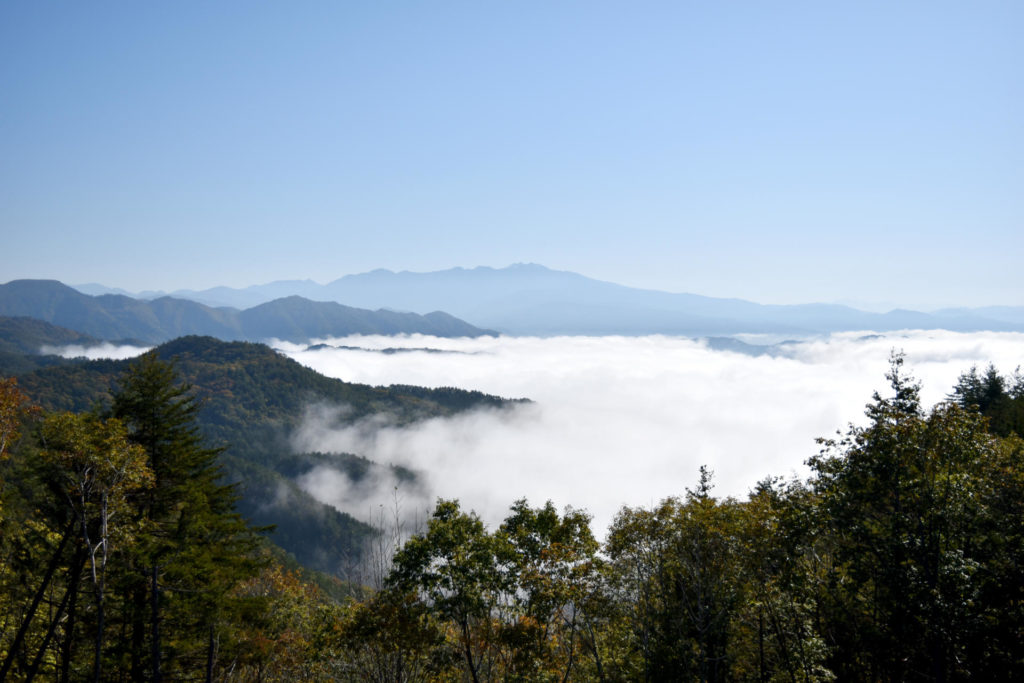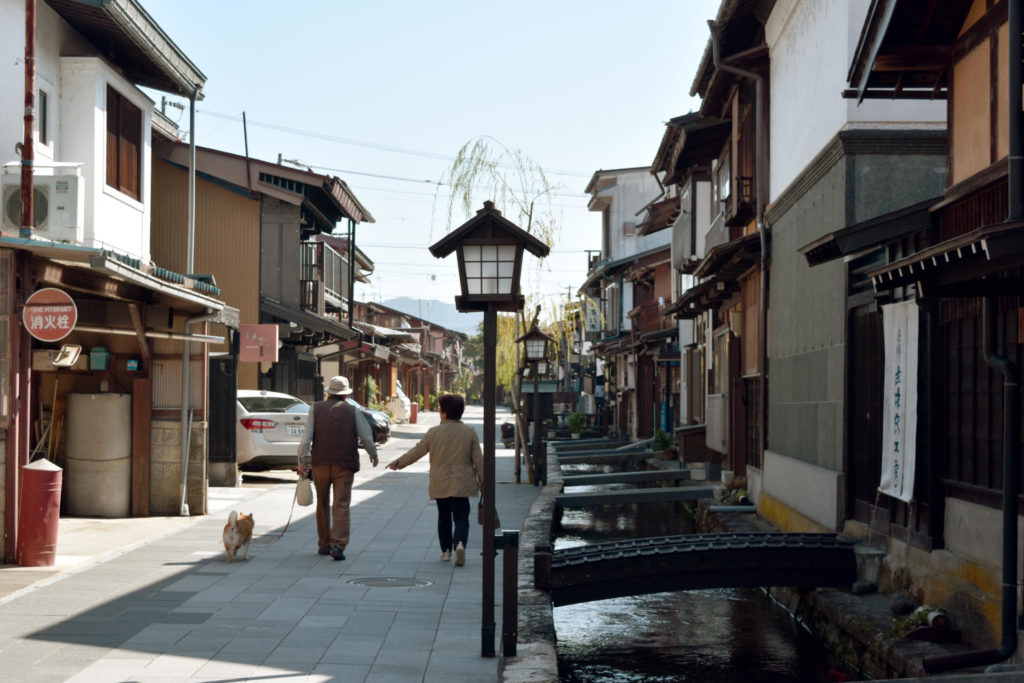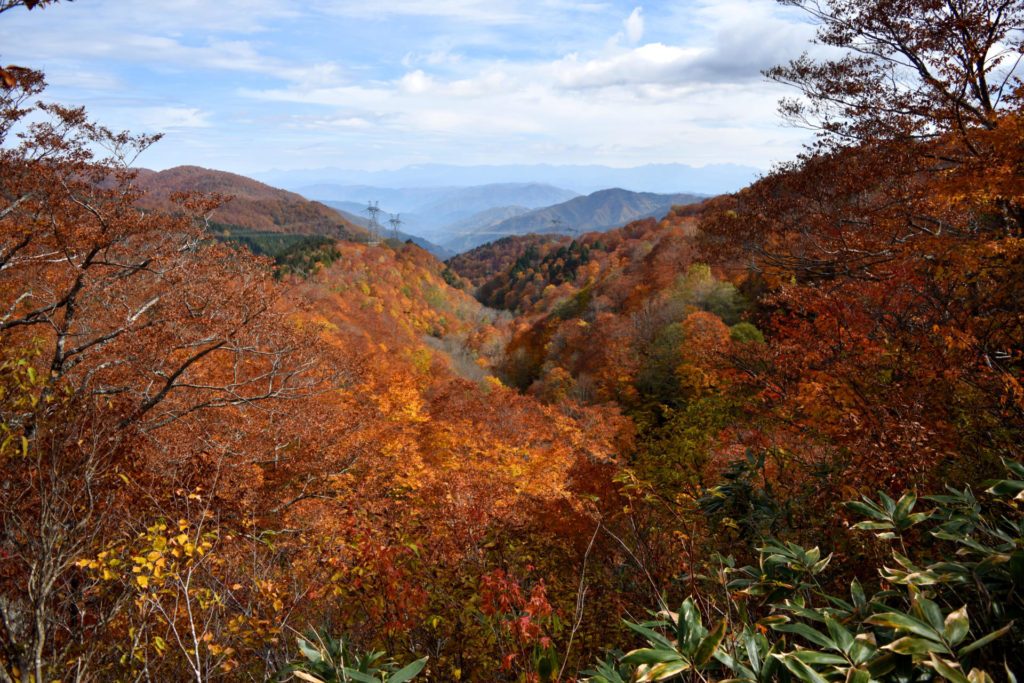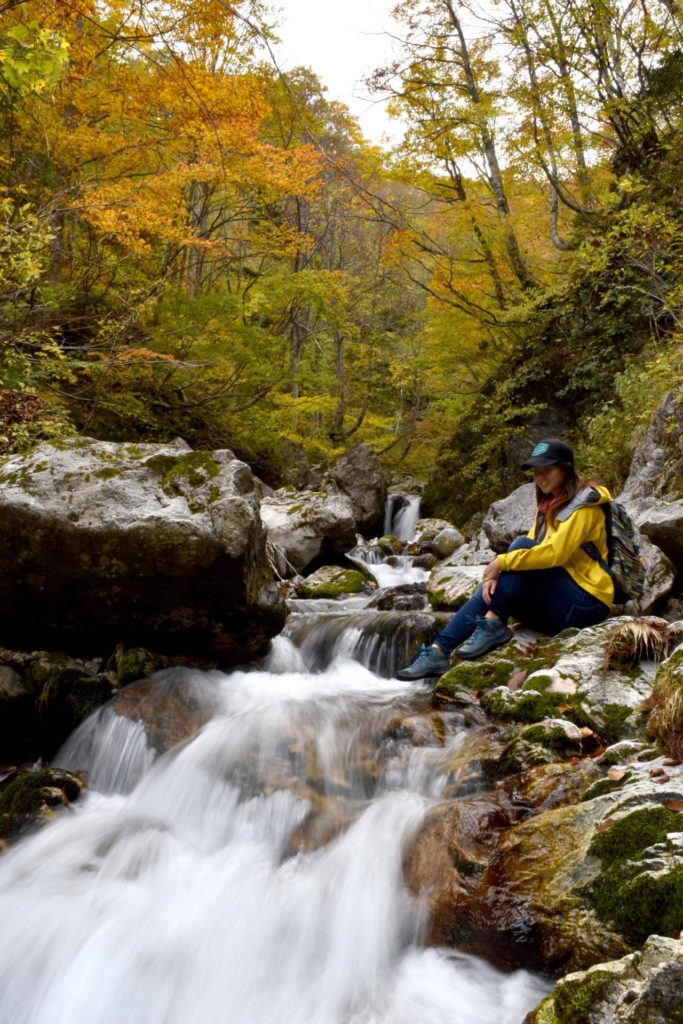Nestled in Central Japan is a charming town preserving traditional crafts, historical streets and authentic Japanese countryside life. But it’s not Takayama or Shirakawa-go’s thatched-roof farmhouses and picturesque alleys that have become immensely popular over the past few years.
Hidden in a valley just 15 minutes by train from Takayama is one of Japan’s best-kept secrets: Hida Furukawa, literally translated into “Old Town.” Hida Furukawa is a castle town with a 400-year-old canal lined with whitewashed townhouses and a rich history in wood architecture and sake.
During the Edo Period, the area was under the direct control of the Tokugawa shogunate and was a flourishing trading and business district. Today, the main street continues to be Hida Furukawa’s most iconic location and is conveniently within walking distance from Hida Furukawa Station.
The Seto River runs through the streets and is inhabited by vibrantly colored carp. On both sides of the canal are sake breweries, temples, cafés, souvenir and craft shops and restaurants where you can try the local delicacy, Hida beef. Back in the day, the region was also famous for producing high-quality timber. Using local lumber, carpenters developed architectural techniques that do not use nails, which you can discover at the Takumikan Craft Museum.
Hida Furukawa is busiest on April 19 and 20 during the annual Furukawa Festival. During the day, some of the nation’s finest floats are paraded down the main street. At night, it is one of Japan’s three great “Naked Festivals” as hundreds of men clad in loincloths carry the Okoshi Daiko, an enormous drum atop a tower. Even if you miss this spectacular event, you can view the intricately designed floats and watch a short film on the festival at the Hida Furukawa Festival Exhibition Hall.
The town is just as attractive in winter (although the carp are relocated to warmer waters). Average snow accumulation is around 50 centimeters and snow tires are recommended between early December and late March. Hida Kawai Ski Resort is a popular ski resort nearby especially with its onsen and proximity to Hida Furukawa Station (a 20-minute drive).
Beyond the Old Town
Public transportation around this area is limited so it’s best to rent a car and explore different activities outside of the main town area. One of the best ways to start off your day here is by ascending the 1,048-meter Mt. Anbou for a panoramic view of unkai (sea of clouds). Hida Furukawa hides under thick fog every morning especially during autumn, but once 10 a.m. hits, the mist clears to reveal this underrated town. From Mt. Anbou, you can see the town and the nearby Japanese Alps mountain range. It takes a little less than two hours to the top but you can also drive up.
An hour away from Hida Furukawa Station is Amou Prefectural Natural Park. The trail is popular for its variety of landscapes starting with vast marshes and massive katsura trees said to be between 300 to 500 years old. Hikers will also find native beech forests along the way. The trail leads up to the 1,710-meter Mt. Mominuka. It costs ¥500 per person to enter the park.
The drive up to Amou following Miyagawa River is especially striking in autumn. From the main road, you’ll notice small waterfalls that you can easily hike to although most do not have a designated trail. Miyagawa is the region’s primary river and famous nationwide for delicious ayu (Japanese sweetfish). Peak fishing season is during the beginning of the obon holidays in August.
Located in Kamioka (a 30-minute drive from Hida Furukawa Station), Gattan Go is a locally built and run attraction allowing visitors to cycle through Hida Furukawa’s valley. It’s safe for kids too, as the mountain bikes are attached to old train tracks. While it may not be the most thrilling activity, it’s definitely an alternative for those looking to enjoy nature at a leisurely pace. Note this attraction is only open during the green season.
For travelers wanting more out of their stay, English-guided cycling tours around town and the neighboring farms are available with Satoyama Experience. During the winter, they operate snowshoe tours.
Getting There
Accessing central Japan without a car can be tricky as no major bullet trains stop here. However, you can access the Hida region by arriving at the closest shinkansen stops: Toyama on the Hokuriku Shinkansen or Nagoya on the Tokaido Shinkansen. From Toyama Station, take the JR Hida or Takayama Line to Hida Furukawa Station. The JR Hida Line also runs from Nagoya Station. For more information, visit Hida Tourism.








